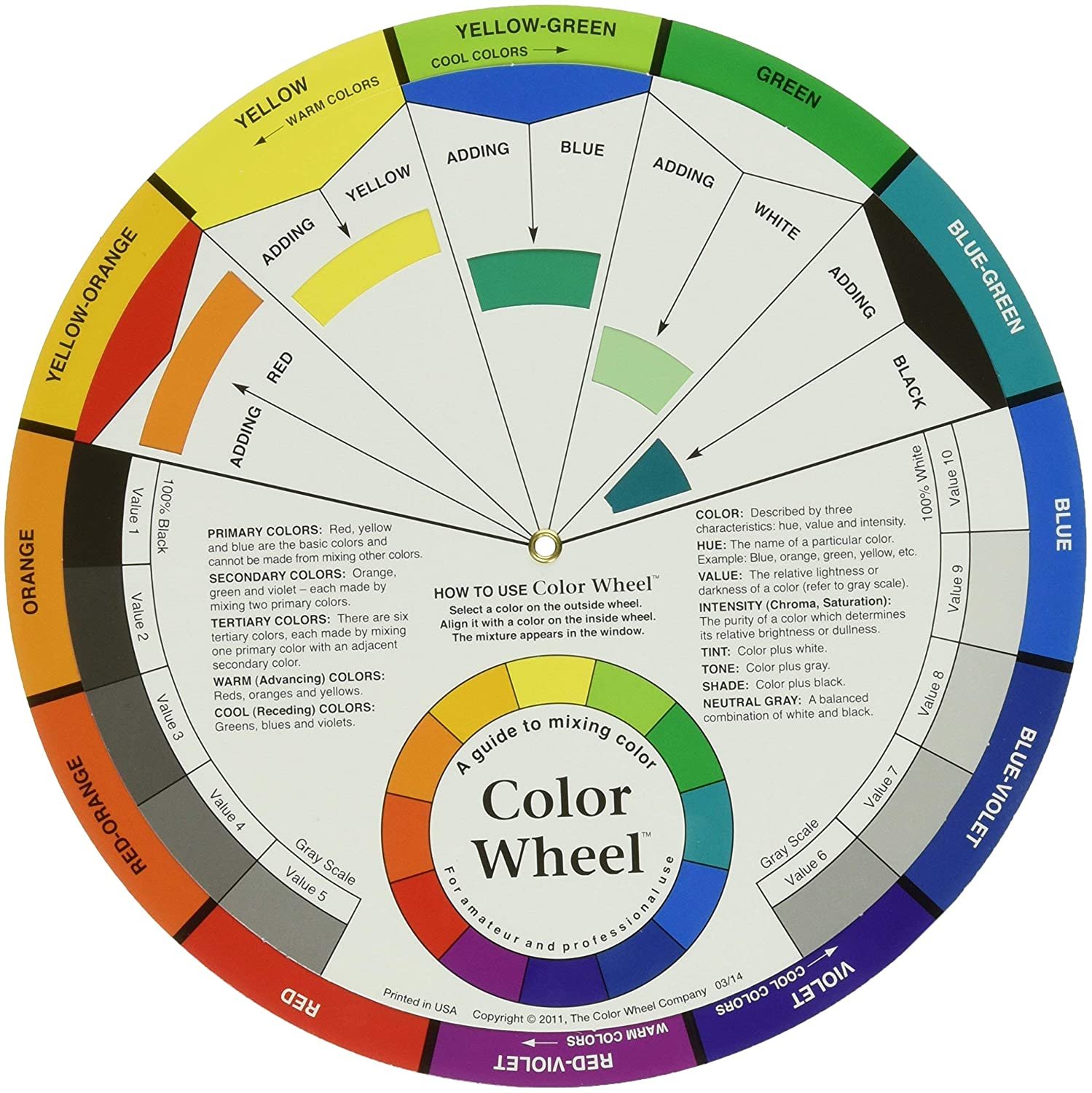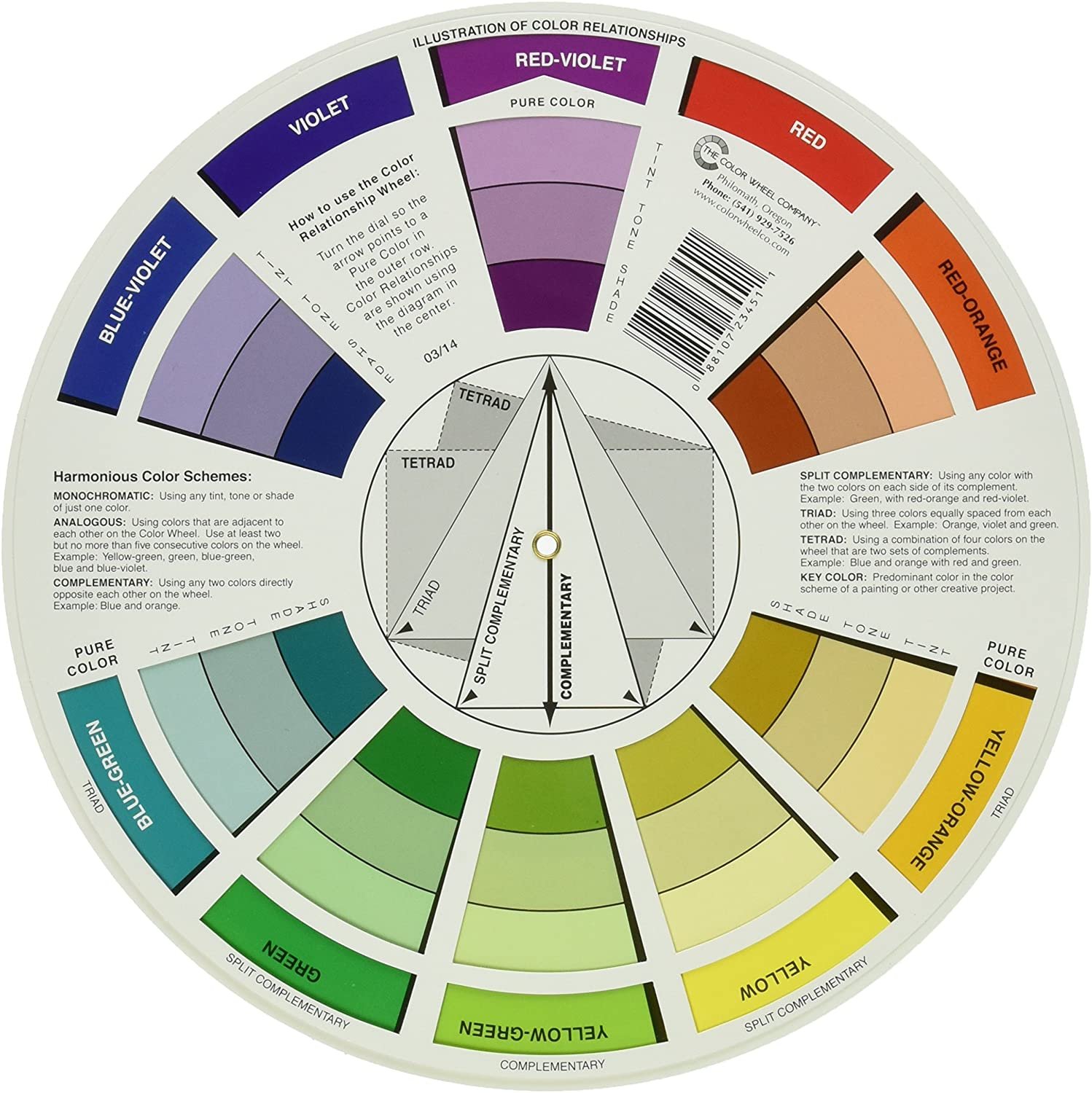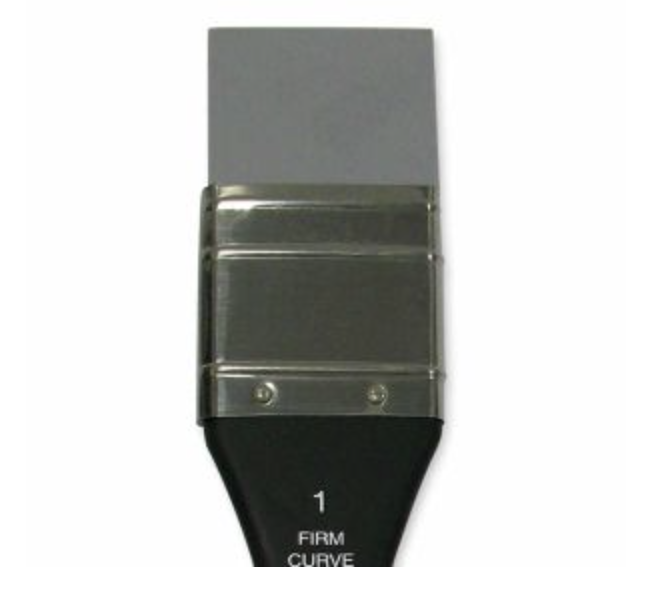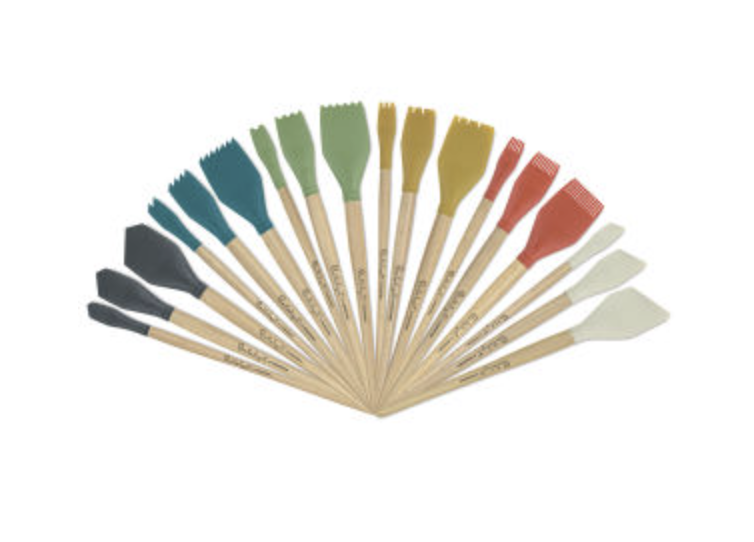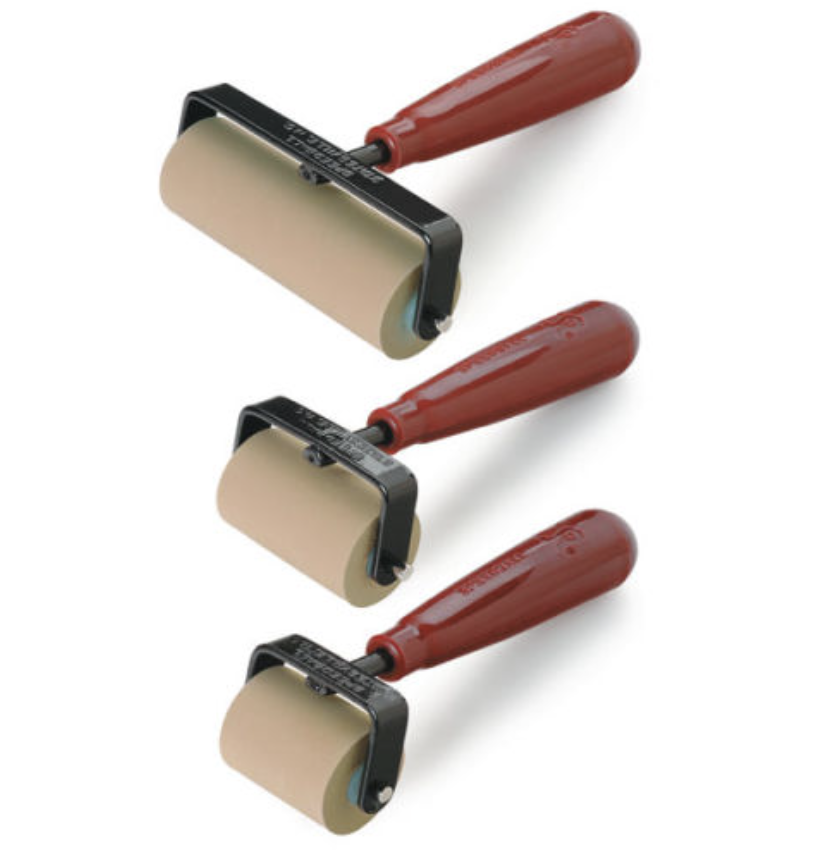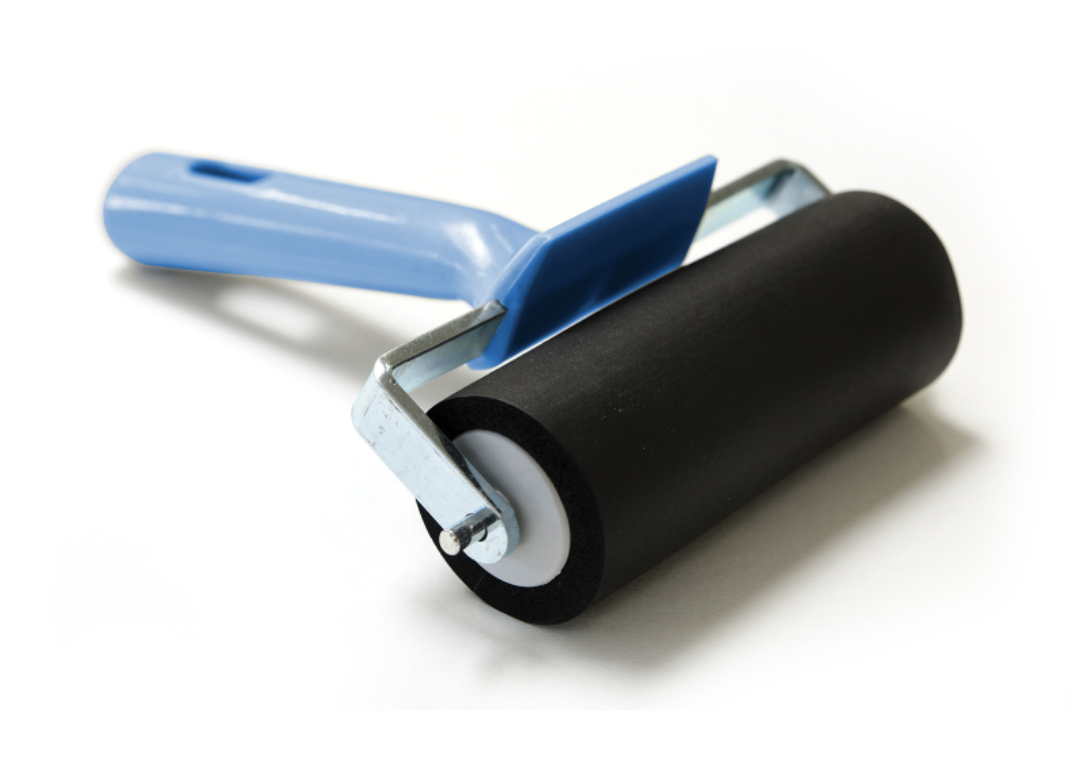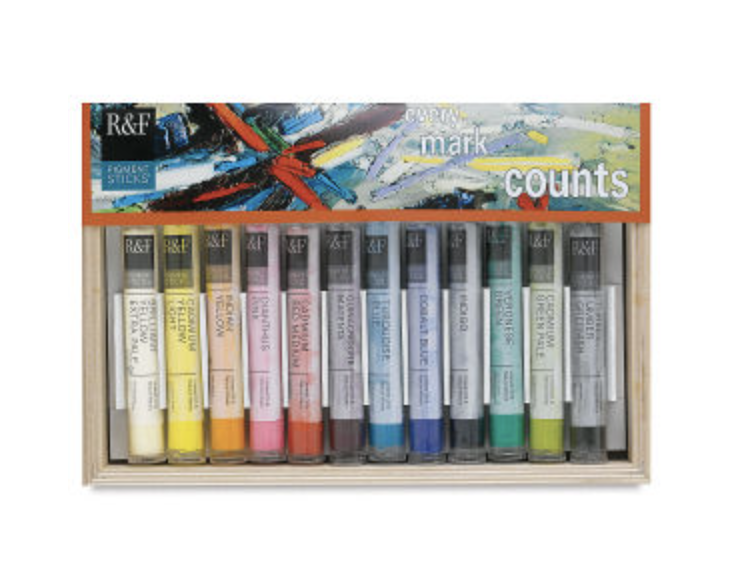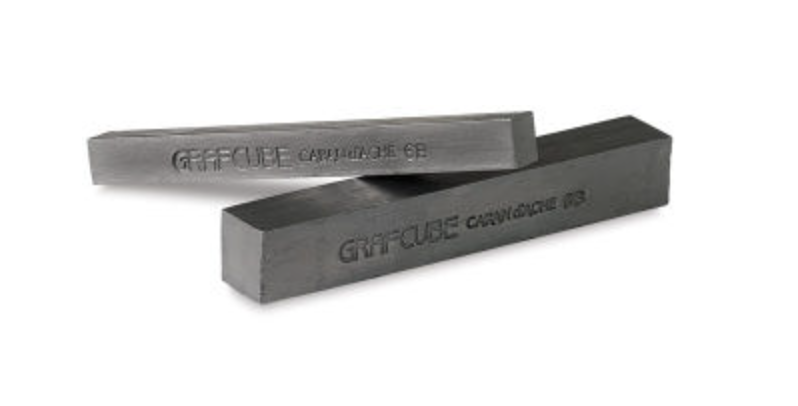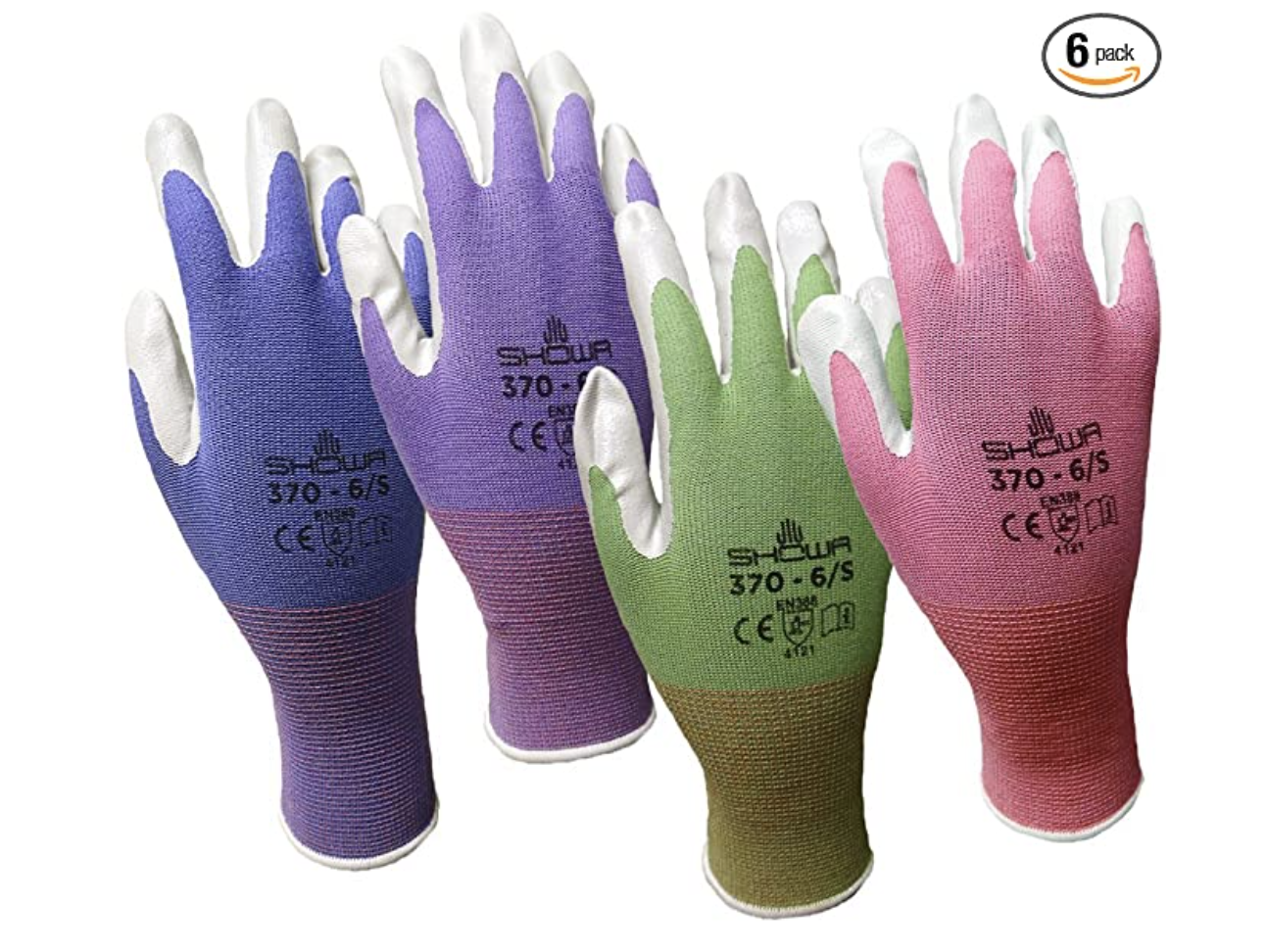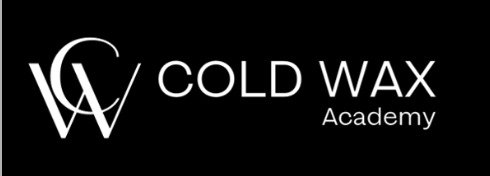The Figure and Cold Wax [Workshop]
The following materials are included in the cost of this workshop:
Cold Wax Medium
2-3 Sheets of Multi-Media Artboard per person
Freezer paper for your palettes
Solvent for anyone flying into the area
Additionally there will be various tools and supplies available for you to borrow and play with
This course is meant for people who have had some experience with oil paint. I do not specify a full list of all oil paint supplies here. This list includes the important items needed for working with Cold Wax.
Art supplies are expensive! I certainly do not expect you to purchase everything on this list. Please use materials that you already own whenever possible.
Below is a link to a video in the course where I explain my essential materials
Paints
Cold Wax works with oil paint. It will work with water-based oil paint (however see my note below). It does not work with acrylic paint. There are new wax products on the market that claim to work with acrylics. I have not used them and I have heard very poor reviews of them from my peers.
In terms of colors, please feel free to use what you have, but I recommend a nice selection of colors. My basic palette consists of a warm and cool of each primary. I’m sure more paint colors will show up in my demo’s but these are the foundation of what I use.
Click on any PLUS SIGN below for more information.
-
(Hues are fine for cadmium colors)
Cadmium Yellow Medium and Lemon Cadmium Red Light
Quinacridone Red
Ultramarine Blue
Cerulean Blue Hue or similar
Titanium White
Mars Black or any black
Gold Ochre -
(Paints I use frequently, for your reference)
Transparent Red Oxide
Brown Pink from Gamblin
Indian Yellow
Phthalo Turquoise
Wide Assortment of Gamblin Greys Asphaltium (Gamblin)
Titanium Buff
Van Dyke Brown
Burnt Sienna
Cadmium Orange Hue
Additional Materials
For all items, the link is embedded so that you can click on the item and go to a website to shop.
Optional Materials are marked with asterisks. These items you will see me use in the course. They are not essential, but you will most likely want some of them. I will list them in order of importance as follows:
*** = very important, ** = important, * = nice to have
-
There are many options for supports for working with cold wax, however birch or wood panels are the most preferred.
Please bring several wood panels to use. I will list panels that are primed. You can purchase unprimed wood panels, but you will need to prepare them with 2-3 layers of gesso.Quantity?
1 Arches Oil Paper Pad 9” x 12”
2-4 wood panelsSize? Nothing smaller than 12 x 12 inches (30 x 30 cm) . Working larger is easier. Small is harder with cold wax.
9” x 12” Arches pad is OK. You are more than welcome to work large for the duration of the class. I encourage you to do so if you are comfortable with larger formats.Cradled or un-cradled wood panels
Dick Blick Panels
Ampersand Panels
Multi-Media Artboard is a great product that needs no preparation. It is relatively inexpensive and excellent for practice and experimenting. You can mount it to hardboard panels if desired. It is difficult to cut so purchase the size that you want to work with.
Arches Oil Paper also needs no preparation and is great for experimentation. I highly recommend getting a pad to try. -
I use an assortment of palette knives large and small. Links to my favorite shapes are below. I do use a few brushes but not many in cold wax work. I’m certain that whatever you already have is fine.
Palette knife shape 1
Palette knife shape 2 -
I realize that students in other countries especially may have different resources and products because of availability and cost.
COLD WAX—You will want/need a 473 ml (16 oz) size can or larger.
Gamblin Cold Wax is my preference. (I realize that it is not available to everyone.)
Dorland’s Wax has Damar in it which I do not prefer, but Dorland’s is completely acceptable to use. -
Odorless Mineral Spirits: Gamblin’s Gamsol is the best product in my opinion.
-
We use freezer paper for our palettes. Essential for workshops.
Reynolds Freezer Paper -
I highly recommend products from the Cold Wax Academy if you can purchase them. They do not currently produce a 3” brayer so I have a Speedball link for that item. Speedball brayers work very well, but CWA’s are softer. I have several of both brands.
Two 2” Brayers minimum
Two 3” Brayers minimum
One Inovart Student Grade Brayer
All Brayers at CWA -
I use 4” and 5” the most. You can always use more than one of each.
4” Squeegee
5” SqueegeeAnother source for squeegees is here on Amazon.
-
The gloves that I wear in the demos are very similar to THESE on Amazon. Atlas Nitrile Gloves. They are readily available at most paint and hardware stores.
-
Not required but highly recommended. You will see me use this tool frequently.
One Color Shaper, Angle Chisel Size 16, Black Clay (Extra Hard) tip
-
My favorite are the oil bars by R & F as they are very soft and work well in wet on wet. Shiva, Winsor Newton and other companies make them as well. Paul de Marais is a new brand that I like very much.
OIL BARS ARE NOT THE SAME AS OIL PASTELS. You do not want oil pastels in your work as they do not dry. -
Black color. Essential to my work.
-
Find it here on Dick Blick.
-
Or Regular Soft Pastels (NOT oil pastels) Find pastel sets on Dick Blick.
-
Available on Dick Blick in a variety of shades.
-
(to make transfer papers)
Find it here on Amazon. -
Find it here on Dick Blick.
-
This is a great resource for stencils: Stencil Girl
-
(Speeds up drying time)
Find it here on Dick Blick. -
Find it here on Dick Blick.
-
The Color Wheel that I recommend in the class can be found at most art stores. Here is a link to it on Amazon and on Dick Blick.
PHOTOGRAPHS
VERY IMPORTANT! Please bring a good quantity of photos and source images that inspire you of human figures. (Bring as many as you can!) These can come from magazines, mail order catalogues, the internet, and best of all your own personal photo stash. The key to good photos is a good sense of light. You want light and shadow on your figure. Flat overall lighting makes the image difficult to interpret. With more experience it gets easier, however when learning to paint the figure it is best to have good shadows (darks) and good lights (light) on the figure in your photograph. Black and white photos are actually preferable, as they open up your interpretation of color.
If you are printing photos be sure to use photo paper. Photos printed on regular computer paper tend to be washed out and lack the values that we want. Printing on good matte photo paper makes a huge difference.
Above is a good example of a photo with a strong light source. This is a particularly exaggerated light source, however that makes it easy to really see the shapes.
I have found that the more you connect to the photo and the more personal it is, the more successful the painting typically.
Some Notes About Paint.
OIL-BASED vs. WATER-BASED OIL PAINTS
I prefer oil-based paints and not water-based oil paints. I have several reasons for this. The two main ones are:
The viscosity of oil-based paint is much nicer to work with.
I am not convinced that water based paints are healthier.
You must still use some kind of medium with both types of paint (water is for clean up only) and there are chemicals in both the water-based paints and their mediums that I don’t prefer. For an excellent discussion of the two choices, click to listen below and begin at 47:30 into the Podcast.
PAINT BRANDS
I use many different brands of paint. Gamblin and Classic Artist Oils are the majority of what I use and are my favorites for their quality. Classic is excellent for the price and you can get large tube sizes. I also use Daler Rowney, Lukas Studio and Charvin and some others. Feel free to use whatever paint brands you have and are comfortable with.
M. Graham Paint is excellent quality. I do not use this paint, however, I have had students who are very sensitive to oil paints tell me that they find this brand much easier to work with and it has allowed them to continue to work with oil-based paint. Graham uses a walnut oil as a binder instead of linseed or safflower oils.
REGARDING ALLERGIES
Solvent or Odorless Mineral Spirits (OMS): I do realize that some people do have allergies to solvent. Please note, there IS SOLVENT (Odorless Mineral Spirits) IN MOST COLD WAX. This is what keeps it soft. Over time the solvent evaporates and the wax hardens. I do use Odorless Mineral Spirits (OMS) in my cold wax work.
MATERIAL SUPPLIER WEBSITES
You may also choose to visit your local art supplier.



